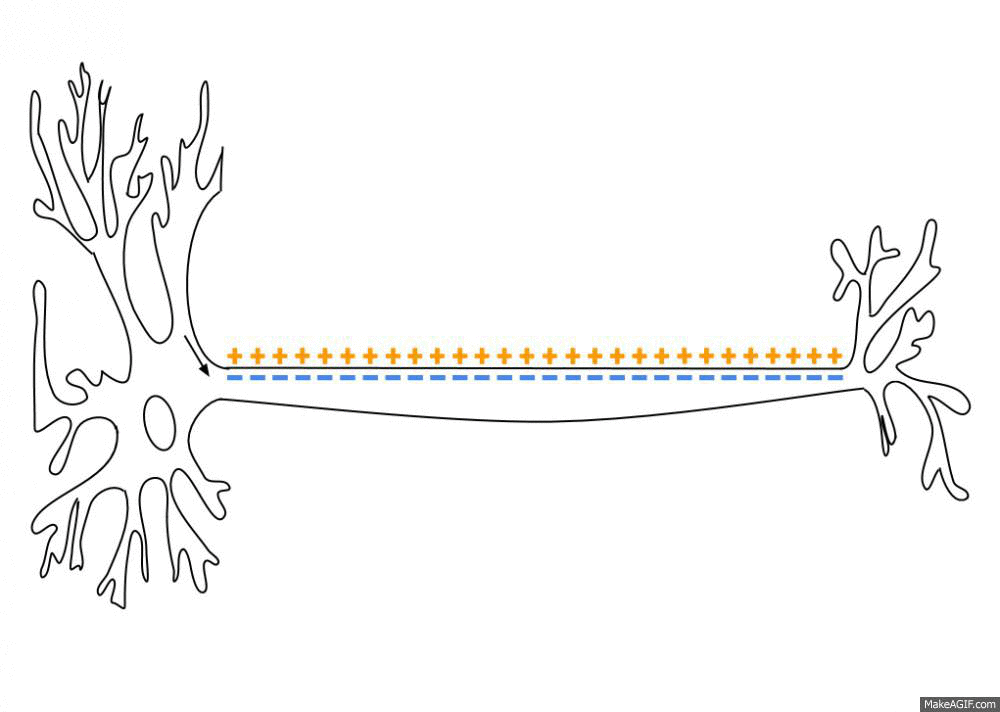7.1: Senses Overview
- Page ID
- 133851
This page is a draft and under active development. Please forward any questions, comments, and/or feedback to the ASCCC OERI (oeri@asccc.org).
Senses Overview
Organisms such as humans have been identified as having five basic senses. The five basic senses that are most commonly identified in humans are sight, hearing, touch, smell, and taste. These senses help individuals understand and make sense of the environment around them. How do the senses work? Organisms and humans have sensory receptors which are specialized neurons that react to specific types of stimuli in the environment. When a stimulus is detected by a sensory receptor, a sensation response has occurred. There is typically a specified area or space in which a given sensory receptor can identify or respond to a stimulus, be it far away or in close proximity to the body; that is the receptor’s receptive field. Think of everyday experiences organisms may have with the environment around them and how different receptive fields are different for the different senses. For example: for the sense of touch, a stimulus must come into contact with the body. For the sense of hearing, a stimulus can be a moderate distance away (some baleen whale sounds can propagate for many kilometers). For vision, a stimulus can be very far away; for example, the visual system perceives light from stars at enormous distances. A sensory receptor identifies stimuli in the environment and the conversion from sensory stimulus energy to action potential is known as transduction. Transduction in the nervous system typically refers to stimulus-alerting events wherein a physical stimulus is converted into an action potential (see image below), which is transmitted along axons towards the central nervous system for integration. It is a step in the larger process of sensory processing (see Figure \(\PageIndex{1}\)).
Informationabout reusing

Figure \(\PageIndex{1}\): As an action potential (nerve impulse) travels down an axon there is a change in polarity across the membrane of the axon. In response to a signal from another neuron, sodium- (Na+) and potassium- (K+) gated ion channels open and close as the membrane reaches its threshold potential. Na+ channels open at the beginning of the action potential, and Na+ moves into the axon, causing depolarization. Repolarization occurs when the K+ channels open and K+ moves out of the axon, creating a change in polarity between the outside of the cell and the inside. The impulse travels down the axon in one direction only, to the axon terminal where it signals other neurons. By Laurentaylorj - Own work, CC BY-SA 3.0, https://commons.wikimedia.org/w/inde...curid=26311114
This chapter will later go into more depth about the difference between sensation and perception but the initial part of the chapter will focus on sensation. In short, senses help organisms identify a familiar sound, or recognize smoke when there is a fire. The receptors are different for each sense and they are specialized according to the type of stimulus they sense. For example, touch receptors, light receptors, and sound receptors are each activated by different stimuli. Touch receptors are not sensitive to light or sound; they are sensitive only to touch or pressure. However, stimuli may be combined at higher levels in the brain, as happens with olfaction, contributing to our sense of taste. These senses will be discussed in more detail throughout this chapter along with a brief introduction into how these senses at times work together to help individuals have a deeper understanding of the environment around them and how this deeper understanding can help individuals respond to that environment.
Attributions
Sensation vs Perception adapted by Isaias Hernandez from "PressBooks licensed CC BY-NC-SA 4.0"
Adapted from 5.1 Sensation versus Perception by Kathryn Dumper, William Jenkins, Arlene Lacombe, Marilyn Lovett, and Marion Perimutter is licensed under a Creative Commons Attribution-NonCommercial-ShareAlike 4.0 International License, except where otherwise noted.
Auto Attribution
5.1 Sensation vs. Perception by PressBooks is licensed CC BY-NC-SA 4.0


